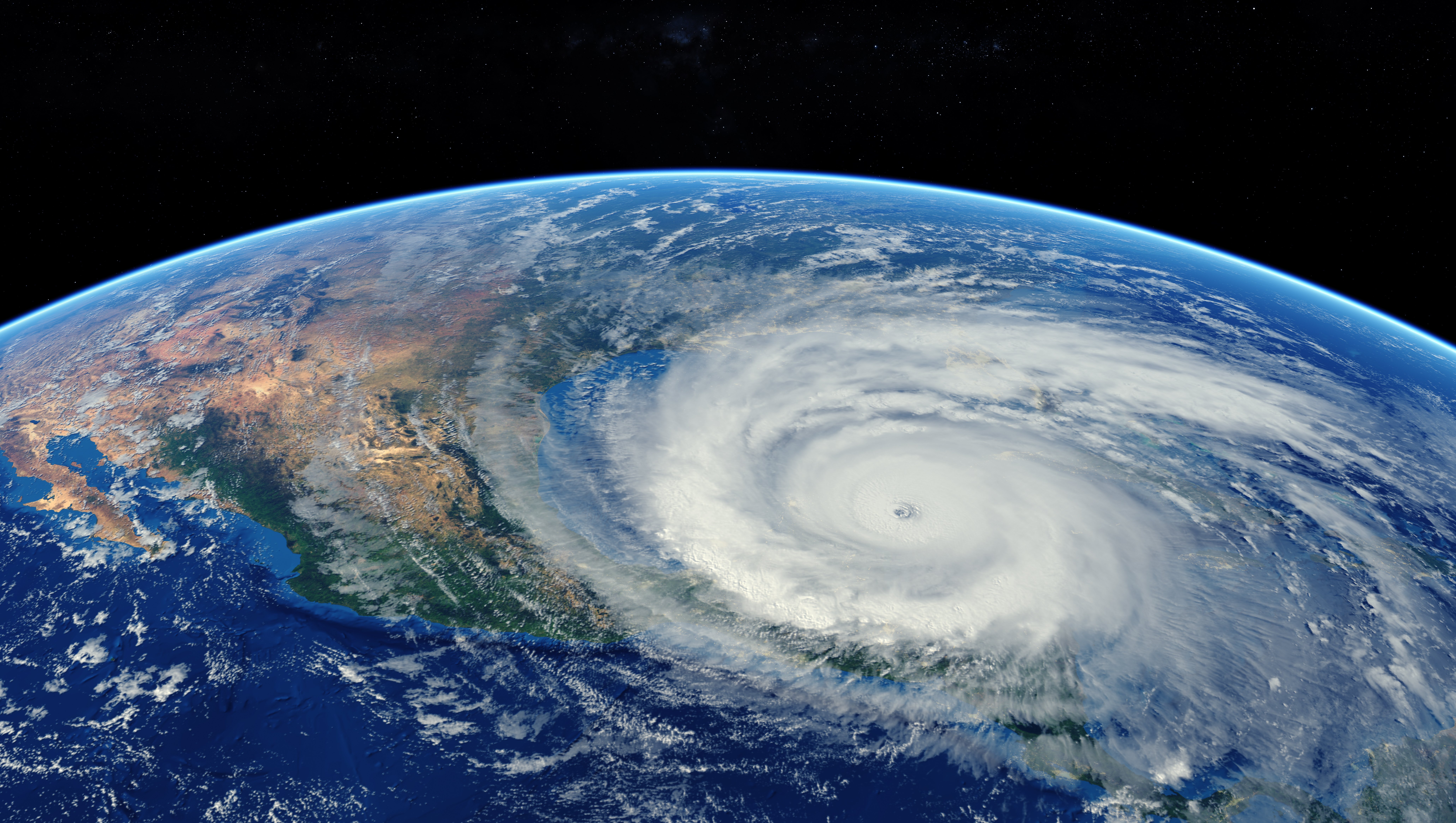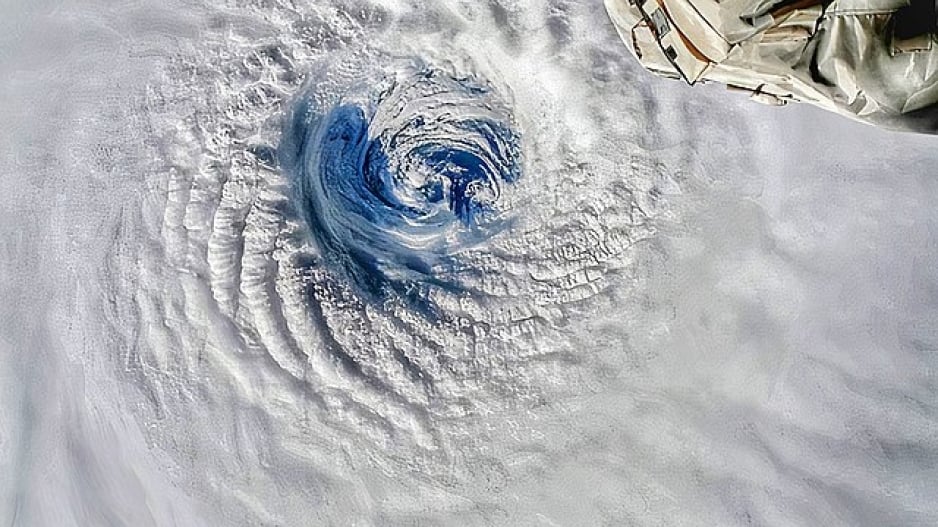Tropical cyclones, also known as hurricanes or typhoons depending on their location, are among the most powerful and destructive weather systems on Earth. These intense storms can cause significant damage to property, loss of life, and massive disruptions to communities. Understanding tropical cyclones, their formation, and their impacts is crucial for preparedness and mitigation. In this article, we will explore the science behind tropical cyclones, their lifecycle, the different categories, and the steps communities can take to protect themselves.

What is a Tropical Cyclone?
Contents
A tropical cyclone is a rapidly rotating storm system characterized by a low-pressure center, strong winds, and thunderstorms that produce heavy rain. The terms “hurricane” and “typhoon” refer to the same weather phenomenon; “hurricane” is used in the North Atlantic, central and eastern North Pacific, while “typhoon” is used in the northwest Pacific. In the South Pacific and Indian Ocean, they are generally referred to as “cyclones.”
Formation of Tropical Cyclones
Tropical cyclones form over warm ocean waters, typically between 5 and 20 degrees latitude north and south of the equator. Several conditions are necessary for their formation:
- Warm Sea Surface Temperatures: The water temperature must be at least 26.5°C (80°F) to a depth of about 50 meters. Warm water provides the energy needed for the cyclone to develop and intensify.
- Atmospheric Instability: A pre-existing weather disturbance, such as a cluster of thunderstorms, is necessary to initiate the cyclonic process.
- High Humidity: High moisture levels in the mid-troposphere (about 5 km above the surface) are essential for the formation of clouds and thunderstorms within the cyclone.
- Coriolis Force: The Coriolis effect, due to the Earth’s rotation, causes the air to rotate around the low-pressure center. This force is weak near the equator and strengthens with latitude, explaining why cyclones do not form directly at the equator.
- Low Vertical Wind Shear: Wind shear refers to the change in wind speed and direction with height. Low wind shear allows the storm to maintain its structure and intensify.
The Lifecycle of a Tropical Cyclone
The development of a tropical cyclone can be divided into four stages:
1. Tropical Disturbance
A tropical disturbance is a cluster of thunderstorms with minimal organized circulation. It typically forms over warm ocean waters and can develop into a more organized system if conditions are favorable.
2. Tropical Depression
When the disturbance develops a more defined circulation and sustained winds reach 37-63 km/h (23-39 mph), it is classified as a tropical depression. The system receives a numerical designation at this stage.
3. Tropical Storm
As the system intensifies and sustained winds reach 63-118 km/h (39-73 mph), it is upgraded to a tropical storm and given a name. The storm starts to take on a more circular shape, and the central pressure continues to drop.
4. Tropical Cyclone (Hurricane/Typhoon)

When sustained winds exceed 118 km/h (73 mph), the system is classified as a tropical cyclone. At this stage, the storm often develops a distinct eye, a calm center surrounded by a wall of intense thunderstorms. The cyclone’s strength is categorized based on the Saffir-Simpson Hurricane Wind Scale:
- Category 1: 119-153 km/h (74-95 mph)
- Category 2: 154-177 km/h (96-110 mph)
- Category 3: 178-208 km/h (111-129 mph)
- Category 4: 209-251 km/h (130-156 mph)
- Category 5: ≥252 km/h (≥157 mph)
Impacts of Tropical Cyclones
Tropical cyclones can have devastating impacts, including:
1. Strong Winds
The high winds associated with tropical cyclones can cause extensive damage to buildings, infrastructure, and vegetation. The strongest winds are found in the eyewall, the area surrounding the eye of the cyclone.
2. Storm Surge
Storm surge is the abnormal rise in sea level caused by the cyclone’s winds pushing water toward the shore. It can result in severe coastal flooding, particularly in low-lying areas.
3. Heavy Rainfall and Flooding
Tropical cyclones often bring torrential rainfall, leading to flash floods and river flooding. The heavy rain can persist even after the cyclone has weakened, causing prolonged flood risks.
4. Tornadoes
Cyclones can spawn tornadoes, especially in the right-front quadrant of the storm. These tornadoes can cause localized but significant damage.
5. Economic and Environmental Impact
The destruction caused by tropical cyclones can have long-lasting economic and environmental impacts. Communities may face years of rebuilding and recovery, and natural ecosystems can be severely disrupted.
Preparedness and Mitigation

While it is impossible to prevent tropical cyclones, communities can take steps to prepare and mitigate their impacts. Here are some key measures:
1. Early Warning Systems
Effective early warning systems are crucial for saving lives and reducing damage. Meteorological agencies monitor tropical cyclones and provide forecasts and warnings to the public.
2. Building Resilient Infrastructure
Constructing buildings and infrastructure to withstand strong winds and flooding can significantly reduce damage. This includes using materials and designs that are resistant to wind and water damage.
3. Evacuation Plans
Having clear and practiced evacuation plans ensures that people can quickly and safely move to safer areas when a cyclone approaches. This includes identifying evacuation routes and shelters.
4. Community Education
Educating the public about the risks of tropical cyclones and the steps they can take to protect themselves is vital. Awareness campaigns can help people understand how to prepare and respond to a cyclone.
5. Environmental Management
Protecting and restoring natural barriers such as mangroves, wetlands, and coral reefs can help reduce the impact of storm surges and coastal erosion.
6. Emergency Services and Response
Well-coordinated emergency services and response plans are essential for providing immediate assistance to affected communities. This includes search and rescue operations, medical care, and providing food and shelter.
Conclusion
Tropical cyclones are powerful and complex weather systems that can cause significant destruction. Understanding their formation, lifecycle, and impacts is crucial for effective preparedness and mitigation. By investing in early warning systems, resilient infrastructure, evacuation plans, and community education, we can reduce the risks associated with these formidable storms and protect lives and property.
As climate change continues to influence weather patterns, the frequency and intensity of tropical cyclones may change. Ongoing research and advancements in meteorology will be essential in improving our ability to predict and respond to these natural disasters. Through collective efforts at local, national, and international levels, we can enhance our resilience and ensure that communities are better prepared for the challenges posed by tropical cyclones.
Read More Article About “Benjamin Netanyahu: A Controversial and Influential Leader“


















